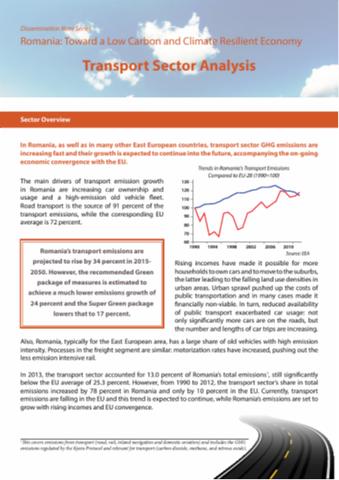Uganda Systematic Country Diagnostic
After a destructive civil war and
extreme political instability, Uganda began its
reconstruction process in 1987. Within the enabling
environment of macroeconomic stability, most of the progress
on the twin goals was attributable to higher agricultural
incomes. Poverty reduction among households primarily
engaged in agriculture accounted for 53 percent of the
reduction in poverty from 2006 to 2010 and 77 percent of the


